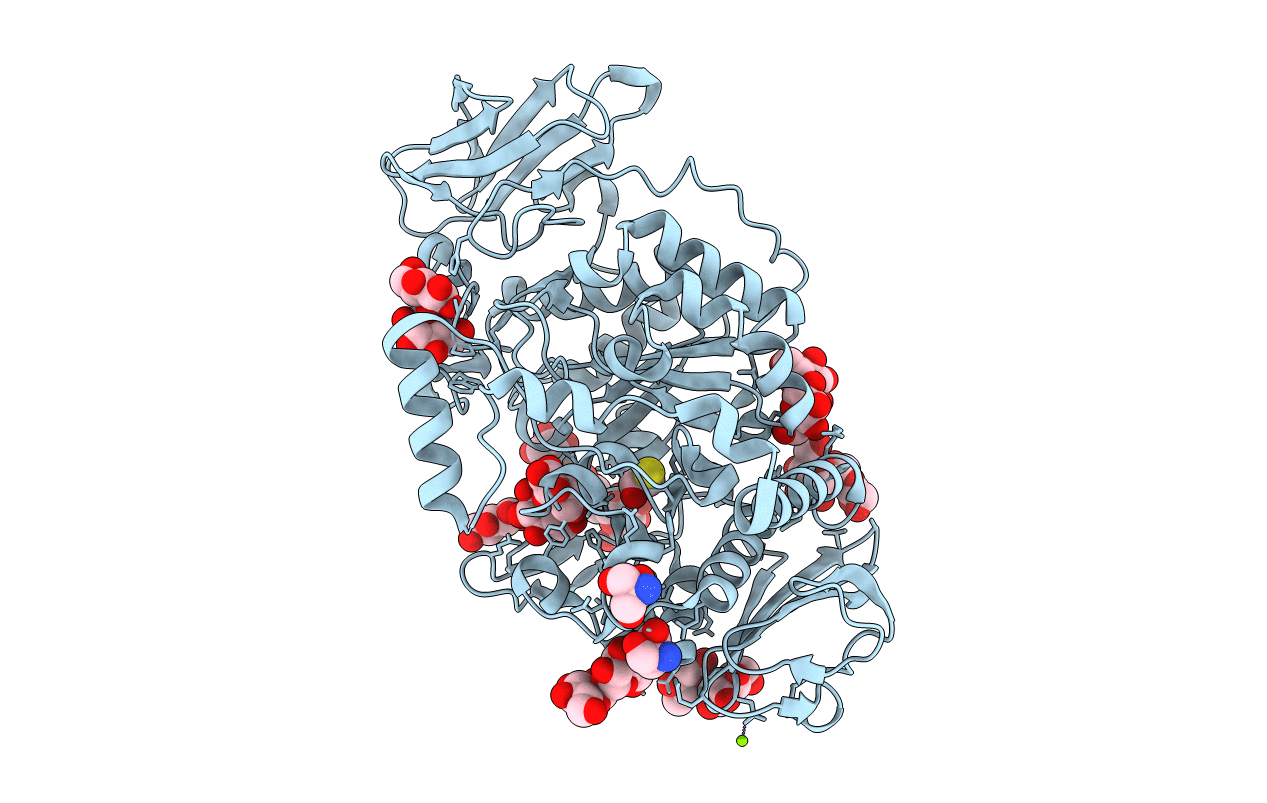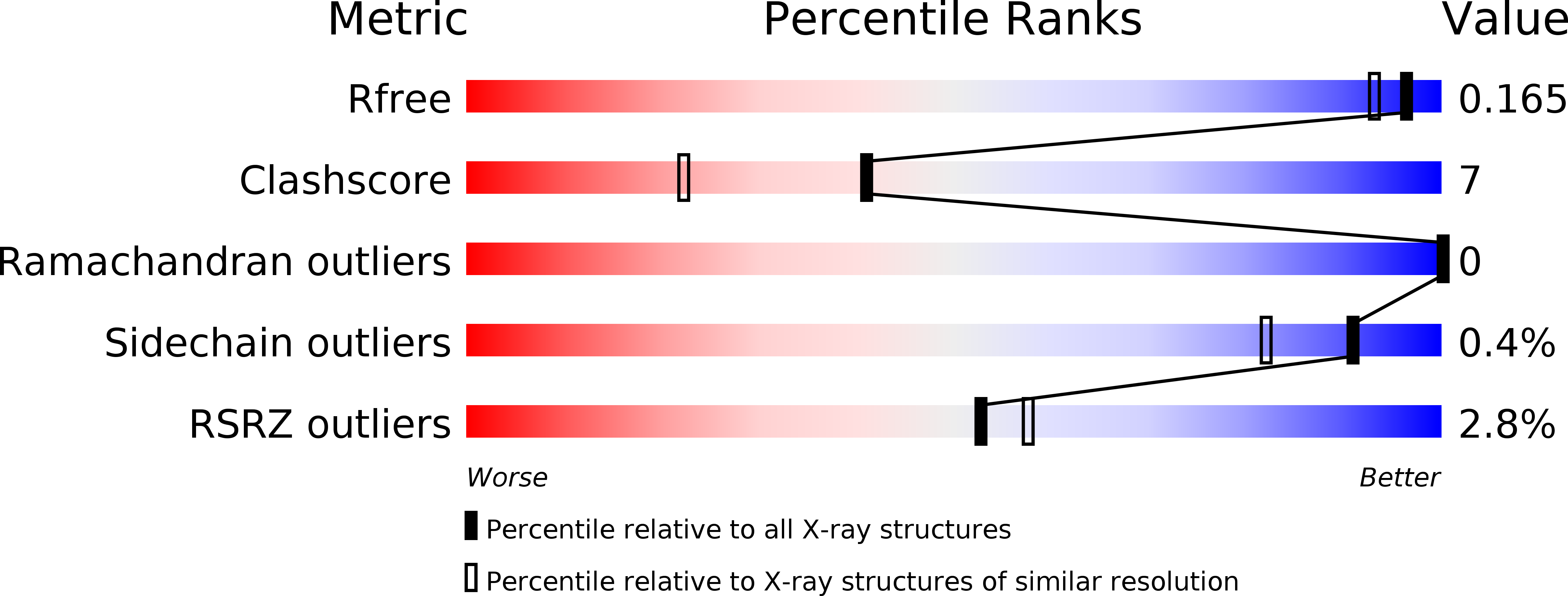
Deposition Date
2005-01-20
Release Date
2005-03-31
Last Version Date
2025-10-01
Entry Detail
PDB ID:
2BHY
Keywords:
Title:
Crystal structure of Deinococcus radiodurans maltooligosyltrehalose trehalohydrolase in complex with trehalose
Biological Source:
Source Organism:
DEINOCOCCUS RADIODURANS (Taxon ID: 243230)
Host Organism:
Method Details:
Experimental Method:
Resolution:
1.50 Å
R-Value Free:
0.15
R-Value Work:
0.12
R-Value Observed:
0.12
Space Group:
P 21 21 21


